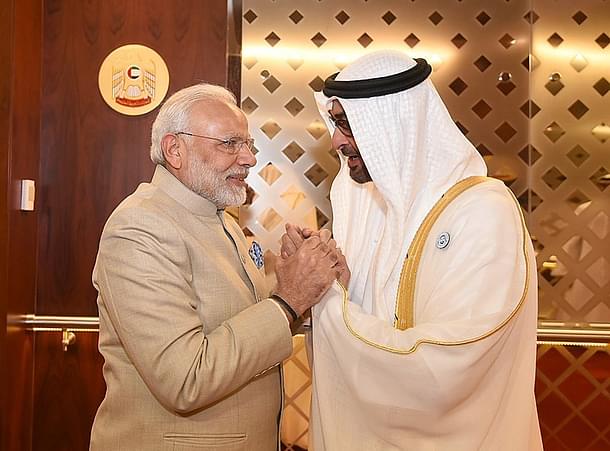
New Delhi- India and the UAE on Friday signed a free trade agreement (FTA) to give a fillip to bilateral trade and economic ties.
The agreement, dubbed as the Comprehensive Economic Partnership Agreement (CEPA), was signed and exchanged by Commerce and Industry Minister Piyush Goyal and UAE Minister of Economy Abdulla bin Touq Al Marri.
The trade agreement was signed during a virtual summit held by Prime Minister Narendra Modi and Crown Prince of Abu Dhabi Sheikh Mohammed bin Zayed Al Nahyan.
Briefing media after the signing of the pact, Goyal said this is a comprehensive and balanced trade agreement.
”It opens up huge business opportunities for both sides. The agreement will help in doubling our bilateral trade,” Goyal said.
An official release stated that the agreement will provide significant benefits to Indian and UAE businesses, including enhanced market access and reduced tariffs. It is expected that the CEPA will lead to increase in bilateral trade from the current USD 60 billion to USD 100 billion in the next five years.
In September last year, India and the United Arab Emirates (UAE) formally launched negotiations for the trade agreement.
The pact covers areas including goods, services, rules of origin, customs procedures, government procurement, intellectual property rights, and e-commerce.
Under such agreements, two trading partners reduce or eliminate customs duties on the maximum number of goods traded between them. Besides, they also liberalise norms to enhance trade in services and boost investments.
Bilateral trade between India and the UAE stood at USD 43.3 billion in 2020-21. Exports were worth USD 16.7 billion and imports aggregated at USD 26.7 billion in 2020-21. The two-way commerce stood at USD 59.11 billion in 2019-20.
The UAE is a gateway to Africa and other parts of the world.
Follow this link to join our WhatsApp group: Join Now
Be Part of Quality Journalism |
Quality journalism takes a lot of time, money and hard work to produce and despite all the hardships we still do it. Our reporters and editors are working overtime in Kashmir and beyond to cover what you care about, break big stories, and expose injustices that can change lives. Today more people are reading Kashmir Observer than ever, but only a handful are paying while advertising revenues are falling fast. |
| ACT NOW |
| MONTHLY | Rs 100 | |
| YEARLY | Rs 1000 | |
| LIFETIME | Rs 10000 | |










